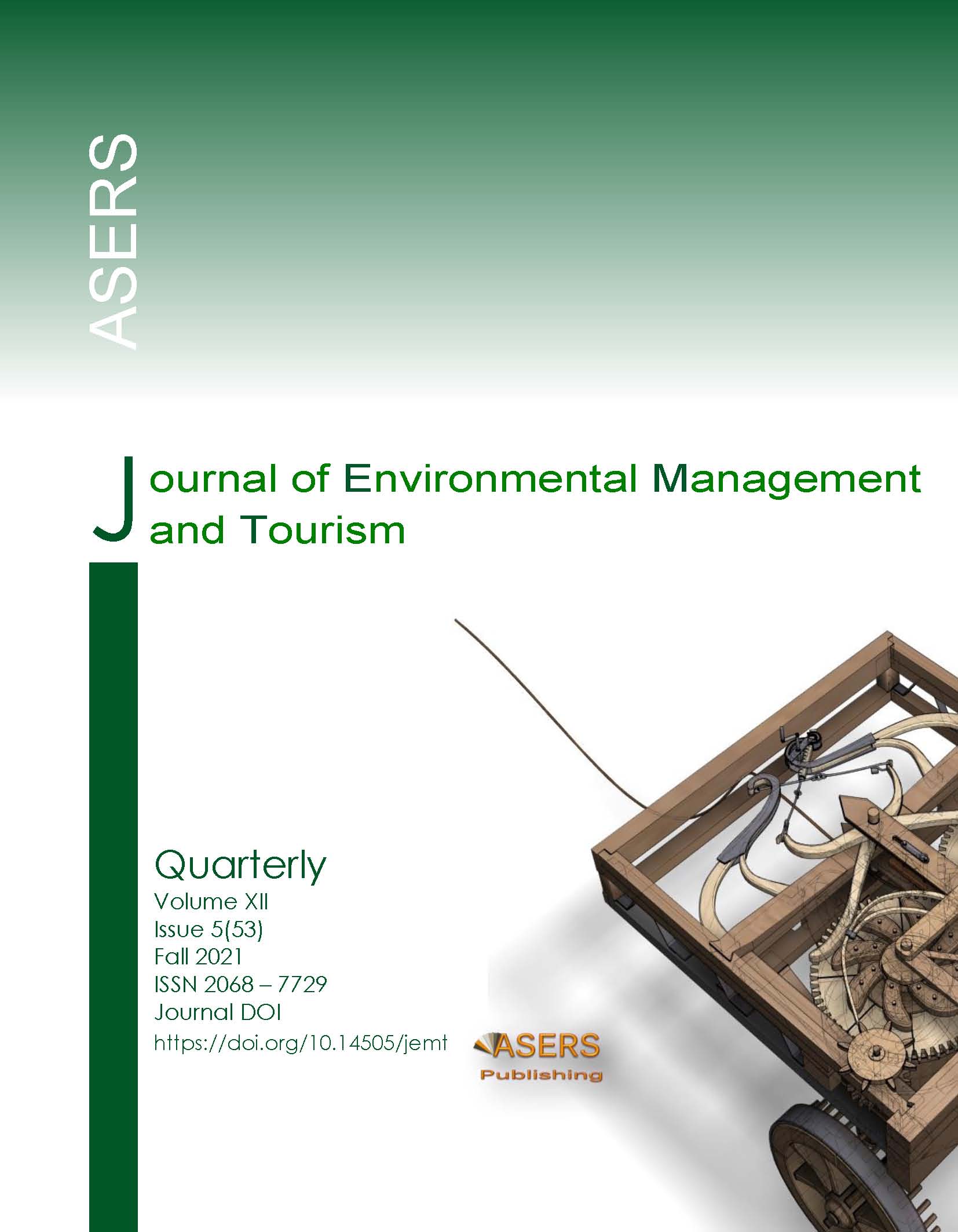Management of Natural-Anthropogenic Complexes of Rural Territories in the Context of the Post-non-Classical Type of Scientific Rationality
Abstract
The purpose of this study is to analyze the problem of management of natural-anthropogenic complexes of rural territories in the context of the post-non-classical type of scientific rationality at the philosophical and methodological levels. The problem of management of natural-anthropogenic complexes is considered and analyzed in the article at the philosophical level in the context of the humanistic interpretation of philosophical constructivism. At the methodological level, the management of natural-anthropogenic complexes of rural territories is considered in the basic paradigm “subject – metasubject”, in which a natural-anthropogenic complex is presented in the form of a self-developing environment, an integrated study of which is possible only using an interdisciplinary approach.
References
[2] Bobrov, E.A. 2011. Socio-ecological problems of major cities and ways of their solution. Scientific reports of Belgorod State University. Series: Natural Sciences], 15(110): 199-208. (in Russian)
[3] Brennan, M. 2019. Self management reflective practice in Scotland. International journal of integrated care 19(1): A647. DOI: https://doi.org/10.5334/ijic.s3647
[4] Hasenstab, A.N. 2018. An exploration of reflective practice in security risk management: how senior security managers experience reflective practice. Reflective practice, 19(4): 522-529. DOI:https://doi.org/10.1080/14623943.2018.1536653
[5] Lefebvre, V.A. 1973. Conflicting Structures. The 2nd edn., revised and expanded. Moscow: Izd-vo “Sovetskoe radio”. (in Russian)
[6] Lepskii, V. 2018. Decision support ontologies in self-developing reflexive-active environments. IFAC PapersOnLine, 51(30): 504-509. DOI: https://doi.org/10.1016/j.ifacol.2018.11.276
[7] Lepskii, V.E. 2010. Reflective Active Environments for Innovative Development. Moscow: Kogito-tsentr, p. 226-245. (in Russian)
[8] Lepskii, V.E. 2012. Reflective aspects in the evolution of management representations. International Scientific and Practical Interdisciplinary Journal Reflexive Processes and Management], 12(1-2): 26-55. (in Russian)
[9] Lepskii, V.E. 2015. The evolution of management ideas. Methodological and philosophical analysis. Moscow: Kogito-tsentr. (in Russian)
[10] Markova, L.A. 2007. Problems and possible ways to solve the ecological safety of Caucasian Mineral Waters Region. Modern Science Successes, 12: 187-188. (in Russian)
[11] Moiseyev, N.N. 1997. Coevolution of Nature and Society. Ways of Noospherogenesis. Ecology and Life, 2-3: 4-7. (in Russian)
[12] Moiseyev, N.N. 2002. Thinking of a Future. Ecology and Life, 1(24): 4-5. (in Russian)
[13] Nardin, D.S., et al. 2016. Increasing economic efficiency of producing wheat in the west Siberia and south ural as a factor of developing import substitution. International Review of Management and Marketing, 6(4): 772-778.
[14] Nardin, D.S., et al. 2015. Rating assessment of the agro-tourism potential of rural areas. Biosciences Biotechnology Research Asia, 12(3): 2731-2738.
[15] Nardina, S.A., Nardin, D.S. and Remizova, A.A. 2019. Interconnection of the natural agro-tourist potential of the rural territories of Western Siberia and the living standards of the rural population. IOP Conference Series: Earth and Environmental Science, 274: 012133.
[16] Prygunova, I.L., Domnina, O.V. and Gorenkova, A.N. 2006. Ecological and aesthetic evaluation and basis of visualization of natural-anthropogenic complexes of urban and rural territories as a educational problem. Teacher of the twenty first century. Compendium, I.S. Kusov (ed.), 131-133. Moscow: Nauchnyy konsul'tant. (in Russian)
[17] Shumakova, O.V., Nardin, D.S. and Nardina, S.A. 2019. Mechanism for managing the transition to sustainable development of natural-anthropogenic complexes of rural areas created as a result of the production of grain crops. IOP Conference Series: Earth and Environmental Science, 274(1): 012134.
[18] Smith, D.A. 1995. “Exploring self-developing models in interactive, virtual learning environments”. In Symiosis of human and artifact: Vol. A: Future computing and design for human-computer interaction. Series: Advances in human factors, Y. Anzai, K. Ogawa, H. Mori, H. (eds.), 883-888. Elsevier Science & Technology.
[19] Veretennikov, N.Ia. 2018. Lanscape ontology: space-temporary continuum. Izvestiya of Saratov University. New Series. Philosophy. Psychology. Pedagogy, 18(3): 247-251. (in Russian)
[20] Vodopianova, D.S., Skripchinskaia, E.A. Nefedova, M.V. and Didenko, P.A. 2008. Anthropogenic transformation and natural potential of landscapes of Apanasenkovsky district. Science. Innovation. Technology], 1: 103-116. (in Russian)
Copyright© 2025 The Author(s). Published by ASERS Publishing 2025. This is an open access article distributed under the terms of CC-BY 4.0 license.
